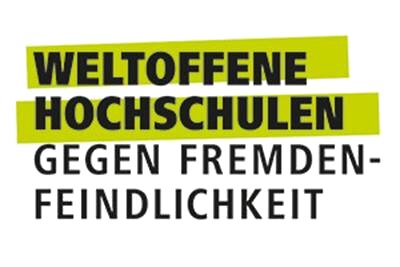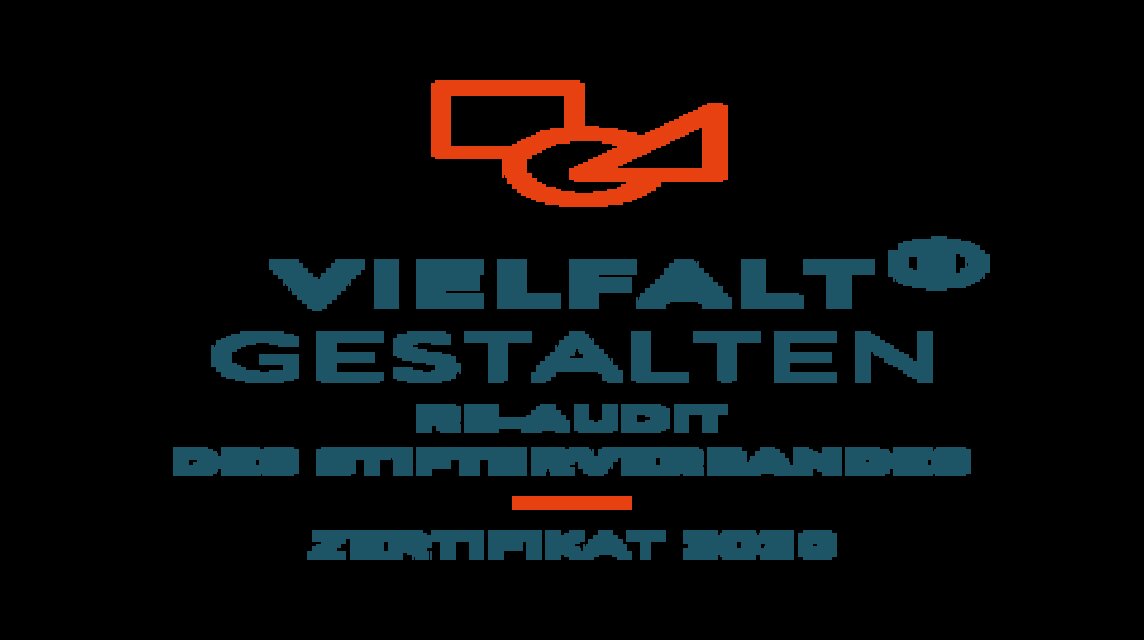Ultras "dancing between the chairs" – or between acceptance and criminalization
The most important aspects at a glance
The space between chairs is initially an empty space that can be occupied or assigned; it can be an uncomfortable place, but it can also be a place that wants to be filled. At the same time, this in-between space appears suitable for forming identities, establishing relationships and ultimately for the personality development of adolescents (Norbert Elias / Pierre Bourdieu / Ulrich Oevermann). The metaphor represents an open space for a scene in men's football that appears to be filled in varying ways. However, when observing the scene in "the curve" (in the stands), it appears as though it is choreographed.
Ultras "dancing between the chairs" – or between acceptance and criminalization
The search for the behavior-controlling structures of a heterogeneous scene in men's football in the age of neoliberal invasion
Project background:
The space between chairs is initially an empty space that can be occupied or assigned; it can be an uncomfortable place, but it can also be a place that wants to be filled. At the same time, this in-between space appears suitable for forming identities, establishing relationships and ultimately for the personality development of adolescents (Norbert Elias / Pierre Bourdieu / Ulrich Oevermann). The metaphor represents an open space for a scene in men's football that appears to be filled in varying ways. However, when observing the scene in "the curve" (in the stands), it appears as though it is choreographed.
Anyone who follows a football match between two teams (1st-3rd league) in the stadium will certainly notice not only the action on the pitch but also fans who behave loudly, namely chanting accompanied by tireless drumming, flag-waving as well as displaying banners with changing messages. We are probably talking about the so-called ULTRAS, a sometimes admired or tolerated entity with its own insignia that deviate from the club‘s flags and symbols, who at other times are met with hostility, criticism and criminalization. They are often "lumped together" with hooligans and the right and equated with acts of violence. In public discourse (e.B. TV channel Sport1) it has also been said that Ultras are a group of lonely adolescents who are primarily looking for a sense of community.
In this study, the different "scenes" / groups must be defined from the standpoint of the actors and processed ideal-typically (M. Weber) in order to identify their boundaries as well as potential activities and themes. Where the boundary lines run is a crucial question for orientation as to which scene or group is being talked about.
Current (sports policy) topics in football are diverse and controversially fought out nationally between the associations of the German Football Association (DFB), German Football League (DFL), "clubs" and fan groups; not only in the context of football matches without spectators in empty stadiums, i.e. in the mode of ghost games. For example, we are talking about the structural framework of football: kick-off times, 50+1 rule in connection with the majority relationships in the "club system", distribution of TV money, sports jurisdiction in the DFB, collective punishment, and especially the football industry‘s neoliberal approach without regard to the "soul of the fans". Well-known personalities in the Bundesliga are already expressing the opinion that football could do without fans – especially Ultras. A statement that can be interpreted as undesirable from the sports-political standpoint of "clubs" geared towards capital accumulation.
Questions:
The colorful landscape of football with an extremely heterogeneous fan scene is to be studied in view of the so-called Ultras (self-imposed label and/or external label?) with a focus on structure-forming processes within a specific fan scene. In doing so, a definite research-leading question is initially dispensed with. There are various questions related to this: If the "Ultras" are interested in sports politics, which behavior-controlling structures are recognizable, what holds this scene together and how; In short: What is the glue holding together a supposedly heterogeneous scene in men's football? In a methodological sense, this study is about understanding a scene that is conspicuous in the stadium.
Methodological approach:
The methodological approach arises from the topic and the field of research. From the author's point of view, qualitative survey and evaluation procedures are needed to reconstruct the internal perspectives of actors among the fans. In order to learn how the actors – to put it neutrally – conduct themselves in the "curve" (in the stands), how communication takes place before, during and after the football match, how topics are discussed and brought up in the stadium, how internal discipline arises, a multitude of questions need to be answered on the subject of structure-forming moments. Theoretically, it can be assumed that life stories, expertise and leadership in the context of football are an input resource that explains the observable events in the stands. The focus of this study cannot be quantitative case numbers, although these are also included – as far as they are contextually relevant. This study is about depth, not width.
The method of Grounded Theory (GT) (e.B. Glaser/Strauss 1967 – Strauss/Corbin 1996) lends itself to this endeavor. Specific aspects of this method are, briefly named: a) the possibility of theory formation (not the focus of this study); (b) the qualitative orientation places the subject at the centre; c) due to the discovery process, this method is particularly suitable to the steps of data collection, data evaluation and further questions and field access. In short: In the processual character, GT illuminates the steps of data collection, data evaluation / coding and further questions with additional data collection. In the evaluation process, the initial theoretical foundations are recorded and either substantiated or revised by the continuative data collection and evaluation processes. This requires constant comparative research activities, up to the point of "satisfaction“ when the theses and questions of the study have been sufficiently answered and verified.
Appropriate measures are taken to comply with data protection. The basic principle for data collection is the voluntary nature of participation and the guaranteed anonymization of the data collected in the context of research. For this purpose, among other things, statements related to individuals are separated from content-related information, and synonyms are used instead of real names and other personal information.










